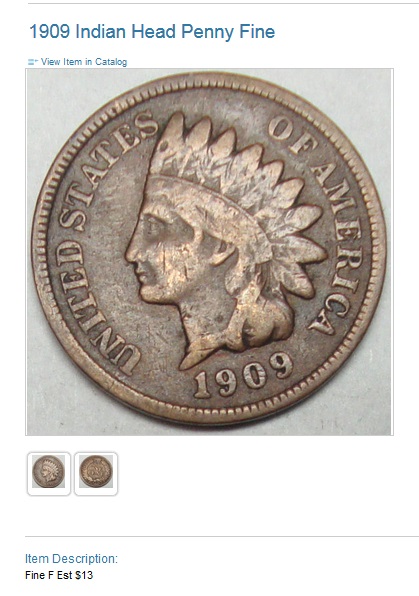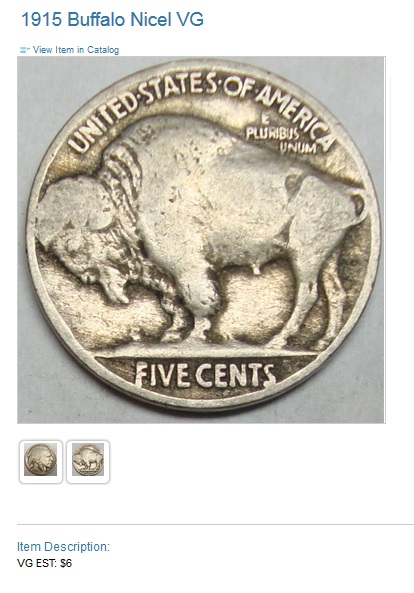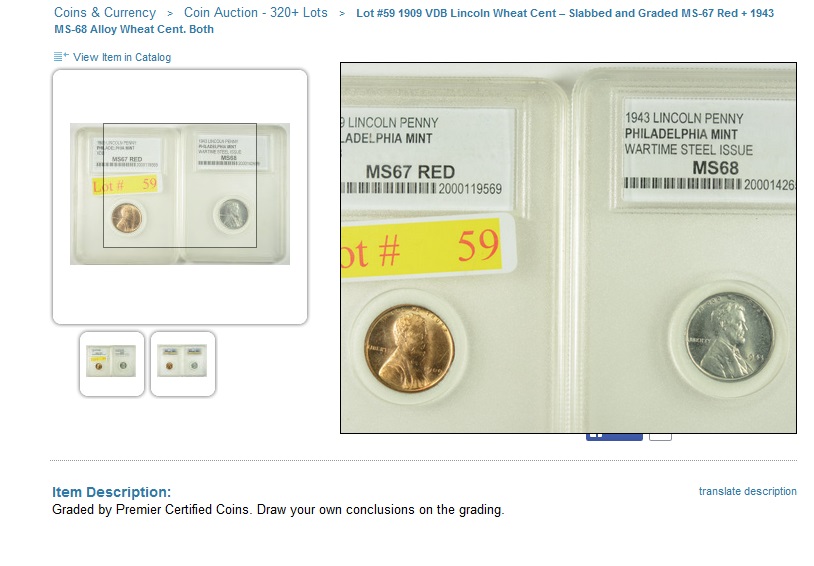We continue to see new houses on Proxibid believe they can guess at or exaggerate coin values in lot descriptions. This one, however, must believe in the hyped values, because he opens with a bid between 50-100% more than retail value of the coins.
Retail value of a 1923 Peace Dollar is $52, not $300-$400 with an opening bid pegged at $100 (inflated more with a 19% buyer’s premium). If a person won this lot on opening bid, the overpayment would tally $67 (without shipping).
Here’s a screenshot of the PCGS retail value for this exact coin:
The auction house also exaggerates worth of an NGC-holdered coins, as in this screenshot:
Here’s another screenshot of this exact coin with the retail value set by NGC, the company that graded this particular coin:
As we continue to state, auctioneers who sell coins need to know how to cite value. PCGS values are high because its standards are among the most rigorous in the industry. NGC, also considered a top-tier company with high standards, commands premiums for its coins. However, its standards differ from those of PCGS, so it is also inappropriate to cite PCGS values for NGC coins.
ANACS and ICG are second-tier, mostly reliable grading companies. You should cite Red Book prices for them.
Here are the URLS:
- PCGS Price Guide for PCGS coins only.
- NGC Price Guide for NGC coins only.
- Red Book Price Guide for ANACS, ICG coins.
As we have written in past posts, if you spot gross inaccuracies like the one above, report them to Proxibid and ask the company to alter the Unified User Agreement “4.4 Marketing and Accuracy of Materials” (OUR RECOMMENDATION IN ALL CAPS):
Seller shall not knowingly misrepresent any items. VALUES OF ITEMS SHOULD BE BASED ON VALID APPRAISALS OR VERIFIABLE DATA. All catalog descriptions must accurately describe the items for sale, and all photos must be original. If Seller uses stock photos, Seller must disclose so in the catalog description as well as in the Special Terms of Sale for the auction.
Until Proxibid cracks down on these practices, as eBay has done, bidders will suffer, and so eventually will the reputation of auction houses that persist in these questionable practices.
Proxiblog is an independent entity with no connection to the auction portal Proxibid. Our intent is to uphold basic numismatic standards as established by the American Numismatic Association and the National Auctioneer Association and to ensure a pleasurable bidding experience not only on Proxibid but also on similar portals such as iCollector and AuctionZip.




































